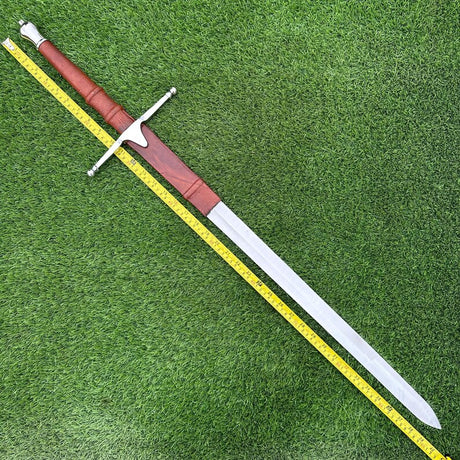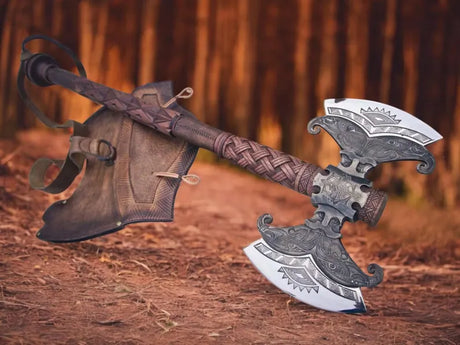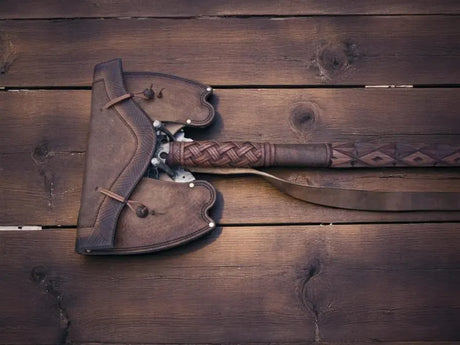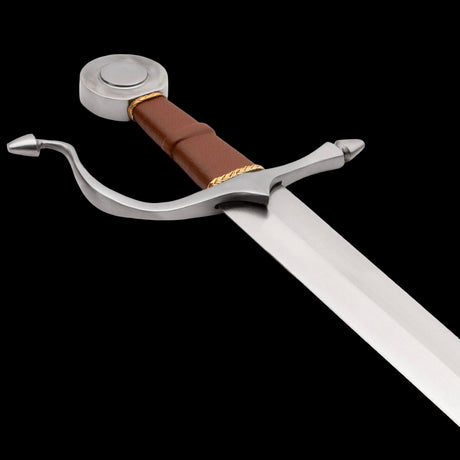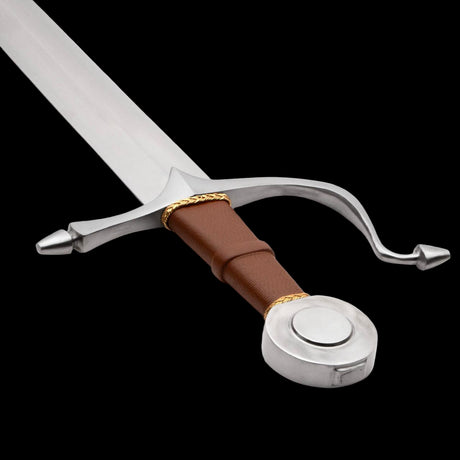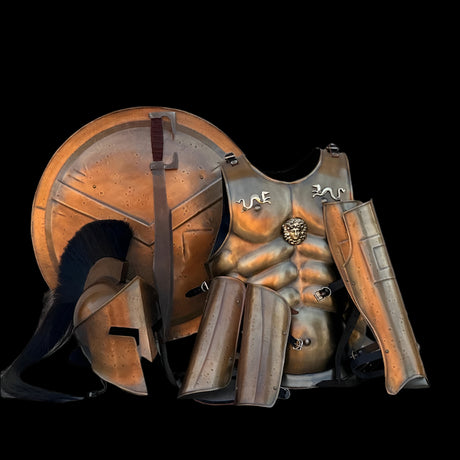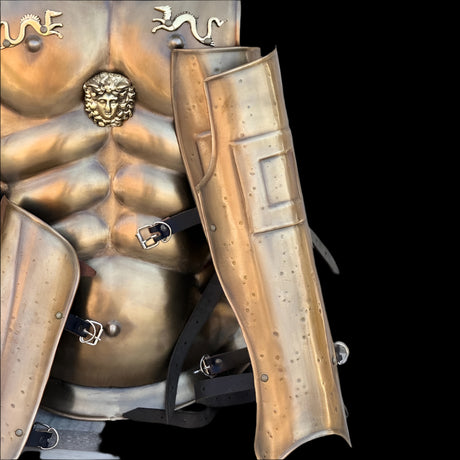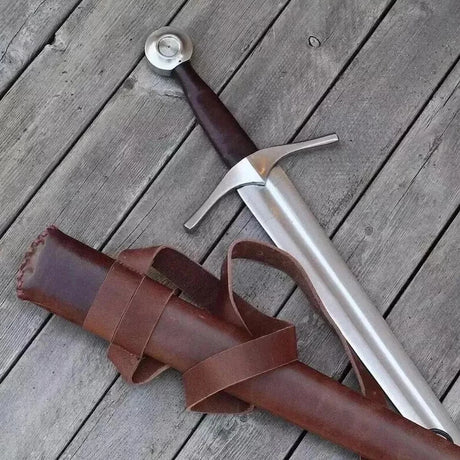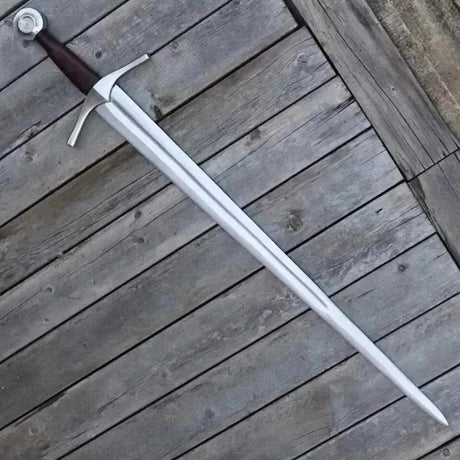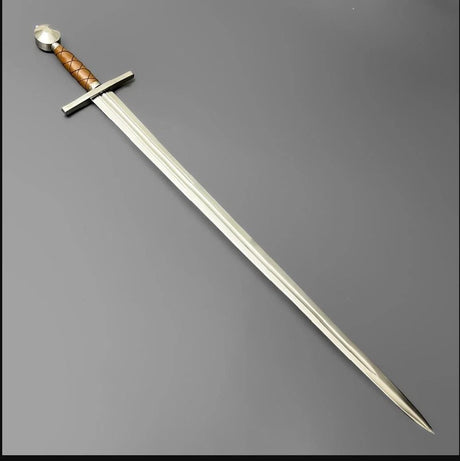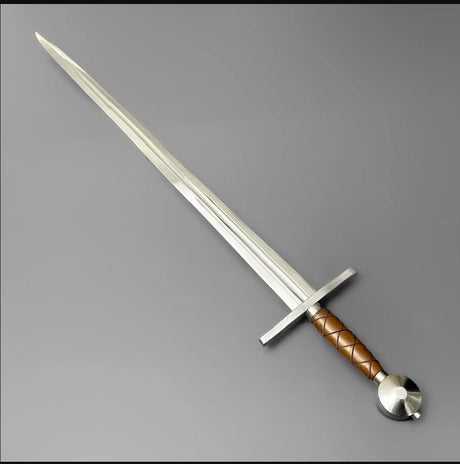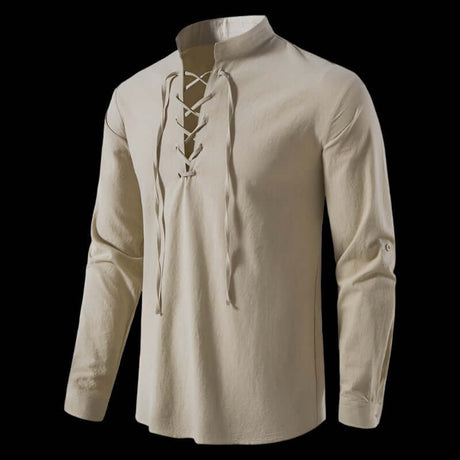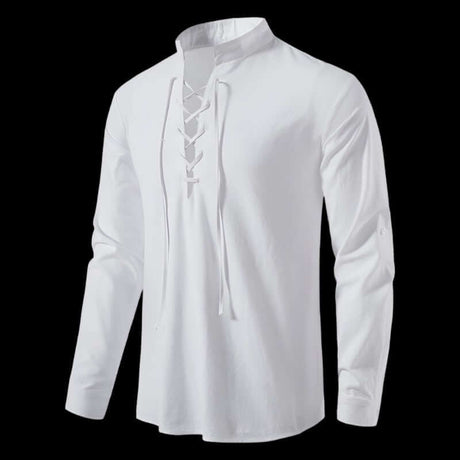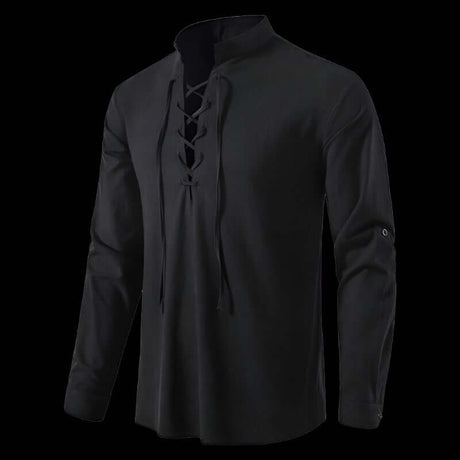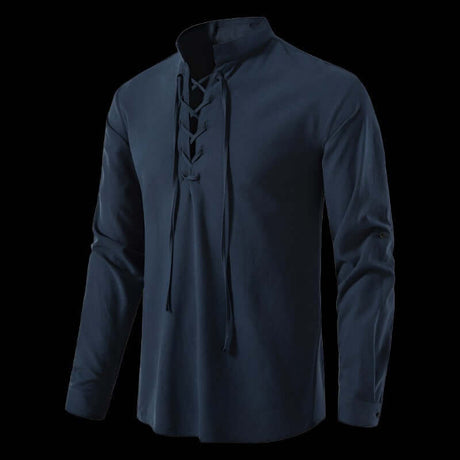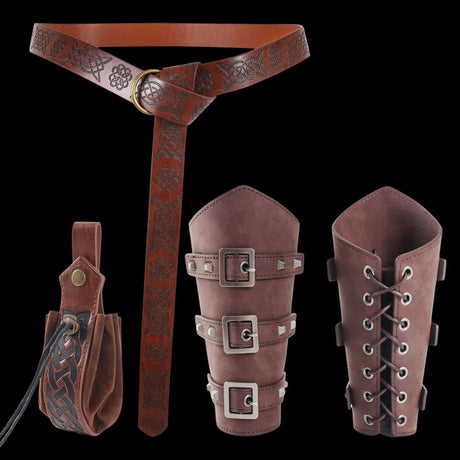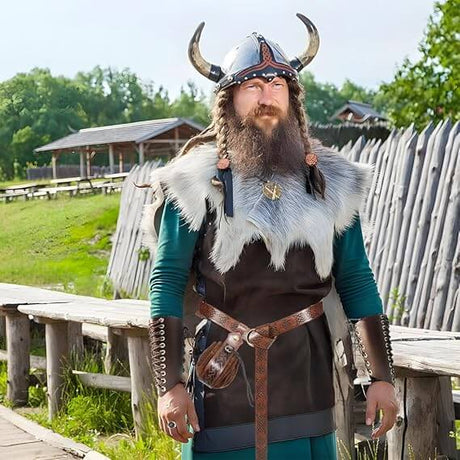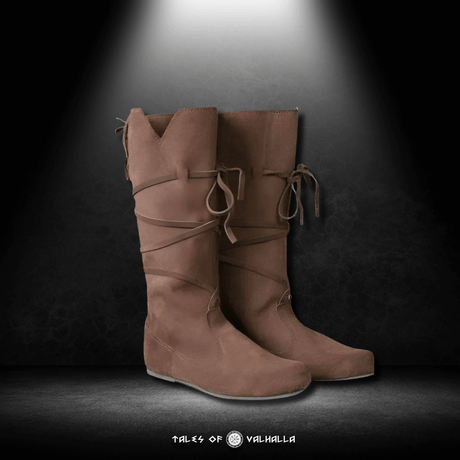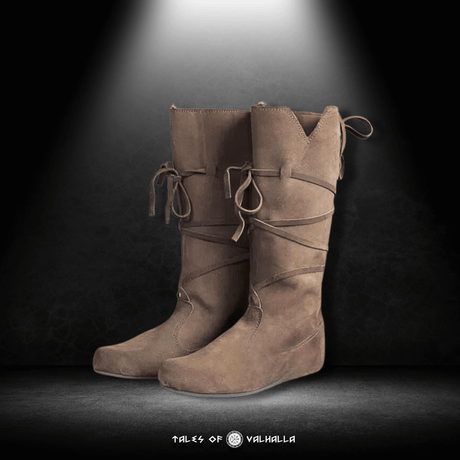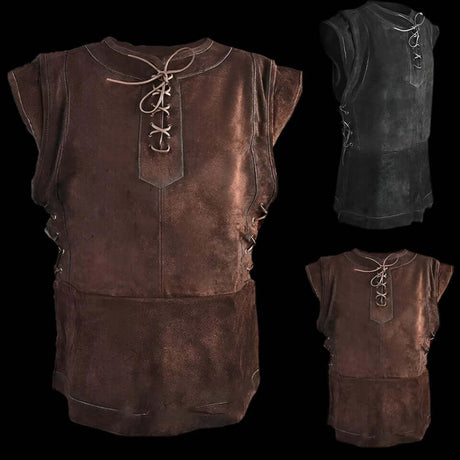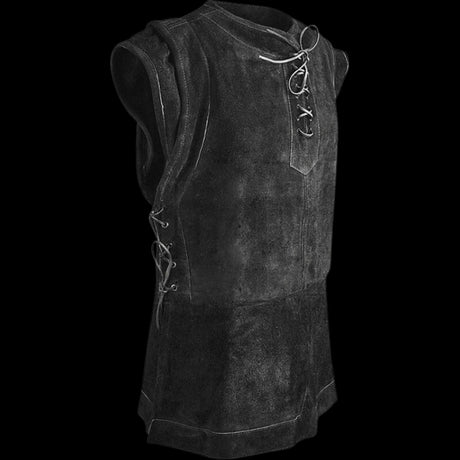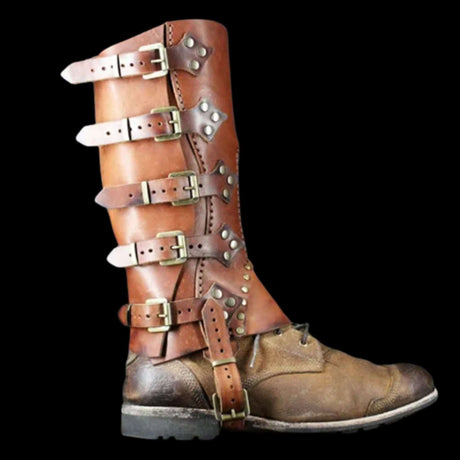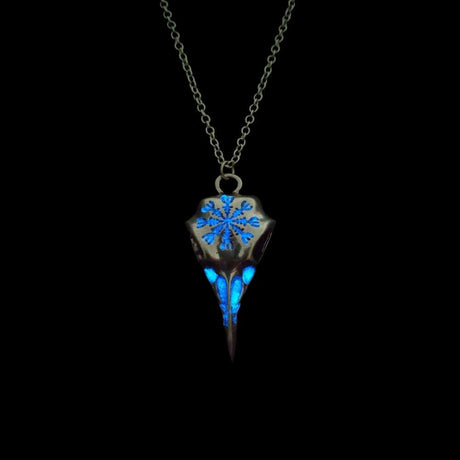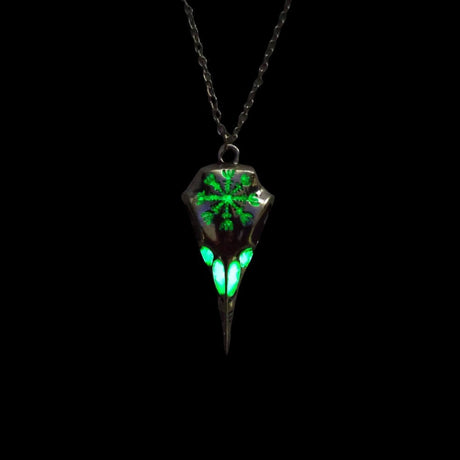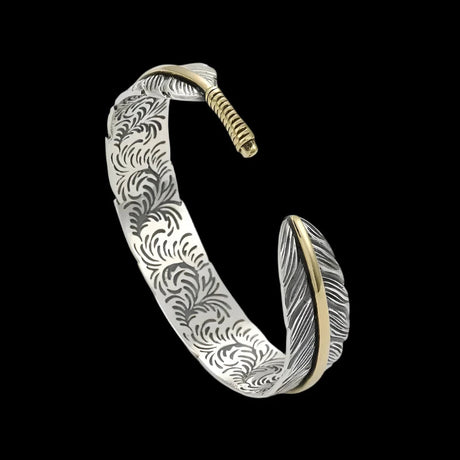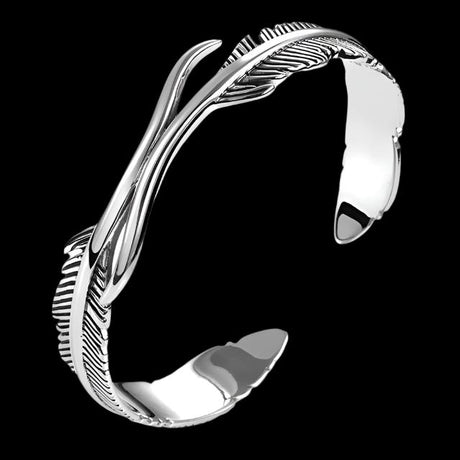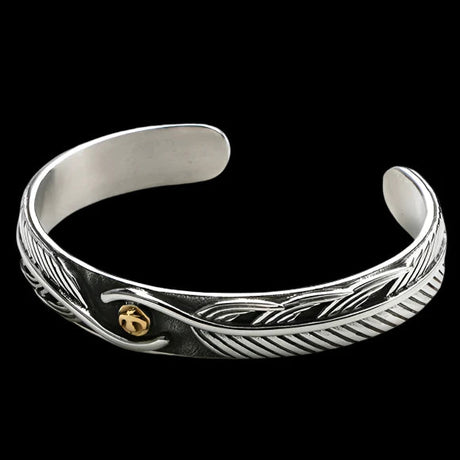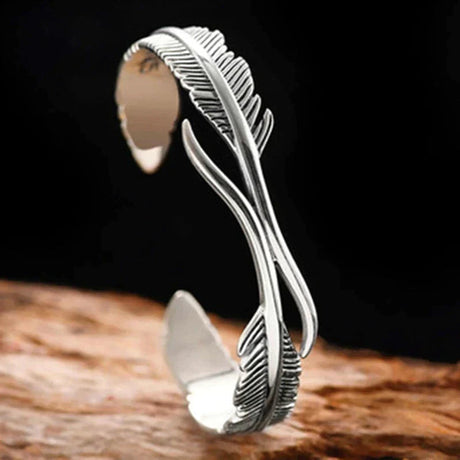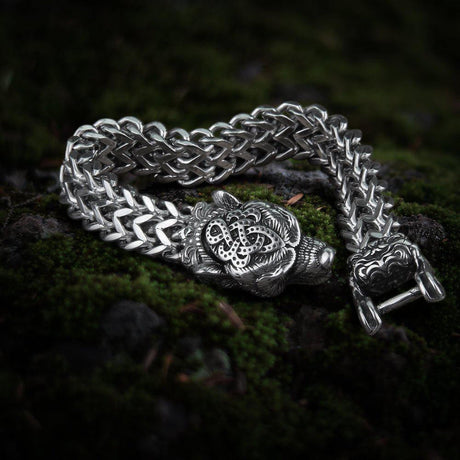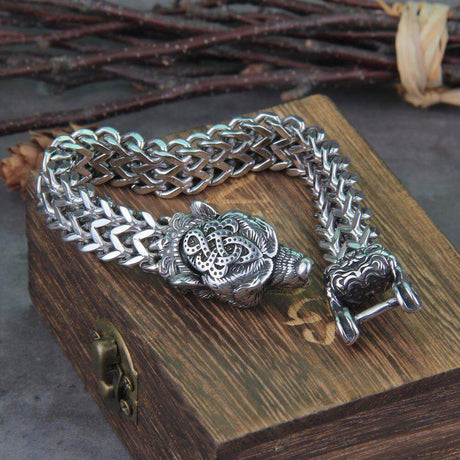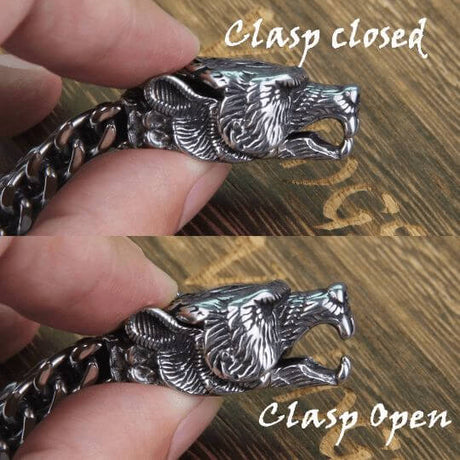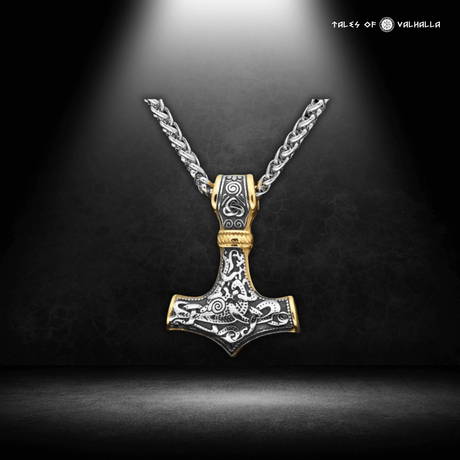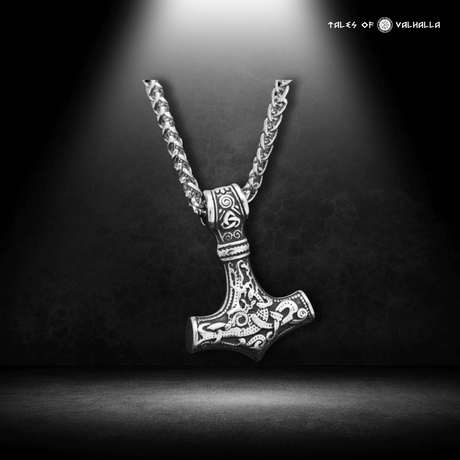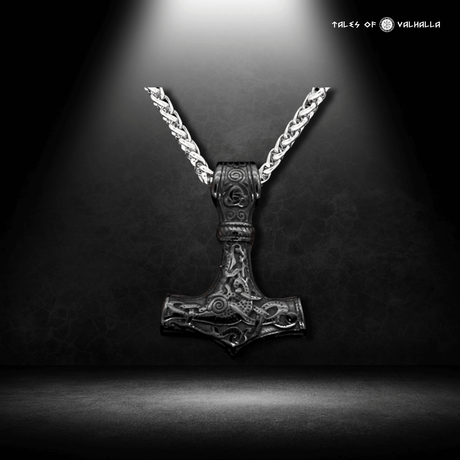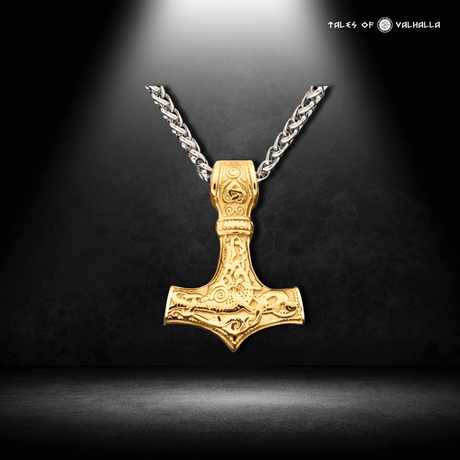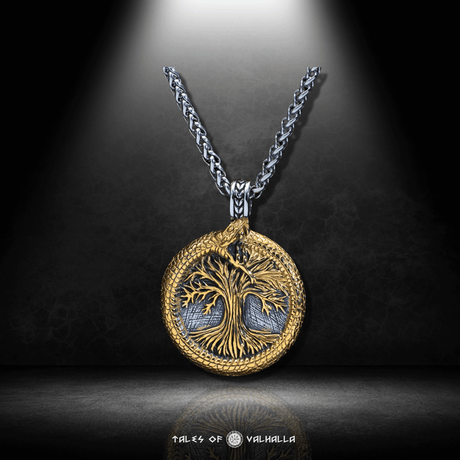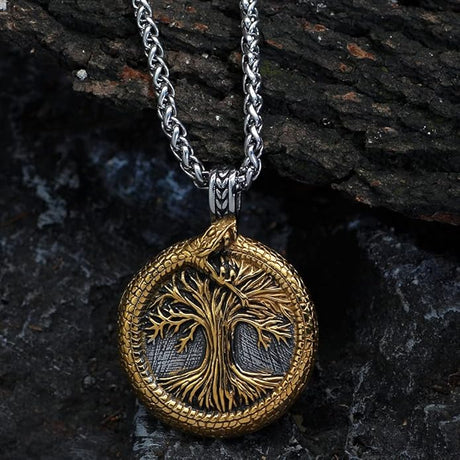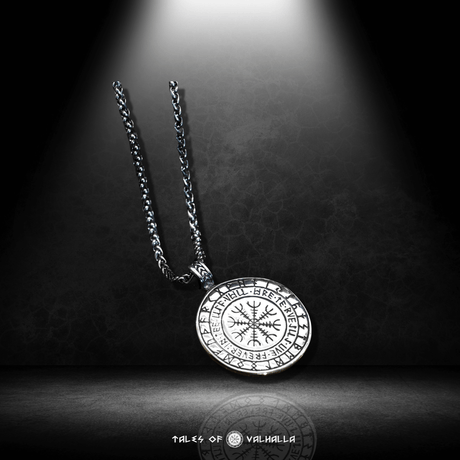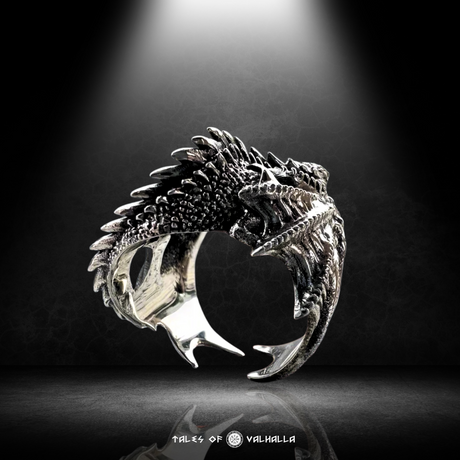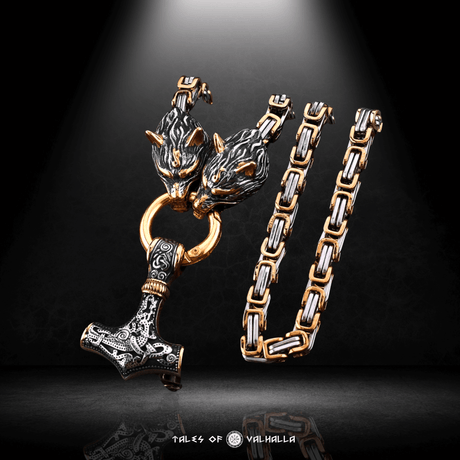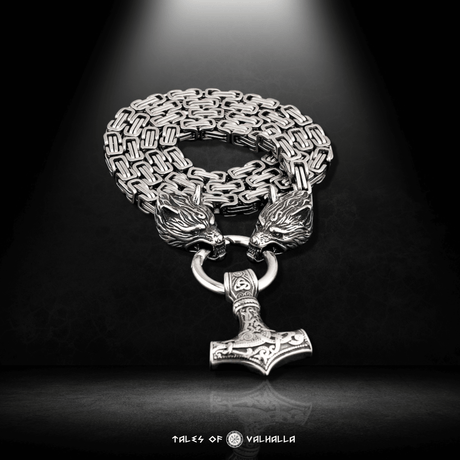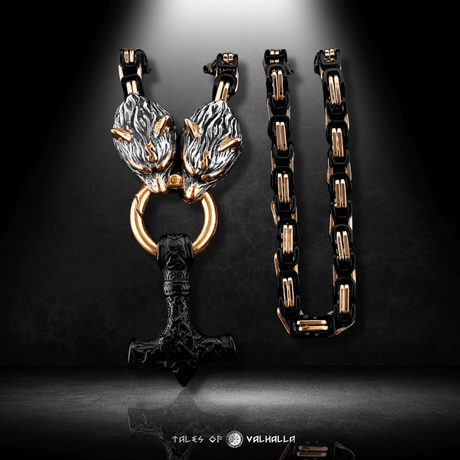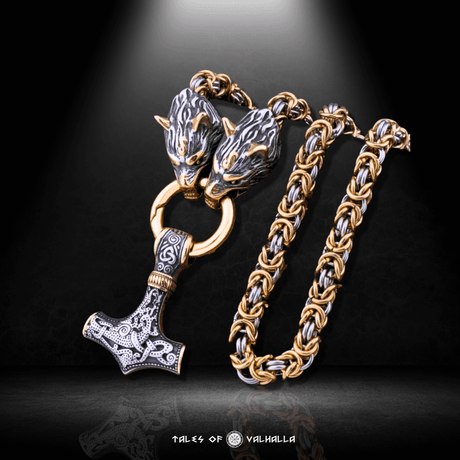The question seems simple enough: When was the Viking Age? History textbooks and documentaries often give us a neat and tidy answer: a span of roughly 300 years, conveniently bookended by two famous battles on English soil. But to truly understand this electrifying period of history, we must look beyond a simple start and end date. The Viking Age was not a static block of time; it was a dynamic, transformative, and often violent saga of Scandinavian expansion that reshaped the map of Europe and beyond.
To ask "When was the Viking Age?" is to ask what caused it to ignite, how it evolved from coastal raids to continent-spanning empires, and what forces ultimately caused its fires to fade. This is not just a timeline; it's an exploration of a phenomenon. We will delve into the catalysts that launched the longships, the distinct phases of the era, and the gradual changes that marked its conclusion, painting a picture that is far more nuanced and fascinating than a simple entry in a history book.
Before the Storm: The Scandinavian World on the Eve of the Viking Age
To understand why the Viking Age began, we must first look at the world that preceded it. Pre-Viking Scandinavia during the Germanic Iron Age was a collection of tribal societies, not unified nations. The people were primarily farmers, fishermen, and skilled craftsmen living in a challenging northern climate. They were accomplished artisans and had a rich oral tradition of myths and legends, but they were not yet the globe-trotting raiders and traders they would become.

Before the Storm: The Scandinavian World on the Eve of the Viking Age
So, what changed? A "perfect storm" of conditions emerged in the late 8th century, creating the catalysts for the dawn of the Viking Age.
The Seeds of Change: Why the Longships Sailed
- A Technological Revolution: The Longship: The single most important factor was the perfection of the Viking longship. This vessel was a masterpiece of naval engineering. With its shallow draft, it could navigate both the treacherous open ocean and shallow inland rivers. Its combination of a sail for long-distance travel and oars for speed and maneuverability made it the ultimate versatile craft. The longship gave the Norsemen an unprecedented strategic mobility that no other European power could match.
- Population Growth and Land Pressure: In some parts of Scandinavia, particularly western Norway with its limited arable land, a growing population may have created pressure to seek new lands and opportunities elsewhere.
- Political Instability in Europe: The once-mighty kingdoms of Europe were showing signs of weakness. The Carolingian Empire in Francia was beginning to fracture after the death of Charlemagne, and the Anglo-Saxon kingdoms of England were often embroiled in internal conflicts. This political instability created a power vacuum and a wealth of vulnerable targets.
-
The Lure of Wealth: The Norse were aware of the immense wealth concentrated in the towns and, especially, the poorly defended monasteries of Christian Europe. Trade routes had brought tales and some examples of this wealth north. The desire for silver, gold, and other valuable goods was a powerful motivator.
Story Vignette 1: The Farmer's Gaze Imagine a young man named Bjorn, standing on a rocky hill overlooking a fjord in 8th-century Norway. The small patch of green his family farms can barely support them, and his future seems as constrained as the narrow valley. But every few months, a trading ship returns to their settlement, its crewmen sporting new arm-rings of twisted silver and telling tales of rich lands across the western sea, lands with vast, fertile fields and wealthy halls. Bjorn looks from the crowded farmland to the open water that leads to the horizon. The sea is no longer just a source of fish; it is a pathway, a promise of a different life. In the hearts of young men like Bjorn, the Viking Age was dawning.
The Beginning: The Raid on Lindisfarne and the Dawn of the Viking Age (c. 793 AD)
Historians needed a starting point, a definitive event to mark the beginning of this new era of Norse expansion. They found it in a brutal and sacrilegious act that sent shockwaves through the Christian world.
Why 793 AD? The Shock of Lindisfarne
On a quiet June day in 793 AD, Viking longships appeared off the coast of the holy island of Lindisfarne in Northumbria, England. The monastery at Lindisfarne was one of the most sacred sites in Anglo-Saxon England, a center of learning and immense spiritual significance. The Vikings fell upon the undefended community with shocking brutality.
The Anglo-Saxon Chronicle, a key historical source, captures the terror of the moment:
"...the harrying of the heathen miserably destroyed God's church in Lindisfarne by rapine and slaughter."
The Vikings killed monks, plundered priceless religious treasures, and took captives. This attack was not just a raid; it was a profound violation of the established order. By attacking a holy site, the Norsemen announced themselves as a new force that did not play by the rules of Christian Europe. This event, so vividly documented by the horrified victims, is why 793 AD is traditionally considered the start of the Viking Age.
The Early Raiding Period
The decades following Lindisfarne were characterized by these types of hit-and-run raids. This was the first phase of the Viking Age. Small fleets would use their superior ships to appear without warning, strike a vulnerable coastal or riverine target, seize whatever wealth they could, and disappear back across the sea before a significant military response could be organized. For the people of England, Ireland, and Francia, the dawn of the Viking Age was an era of unpredictable terror from the sea.
The Heart of the Viking Age: A Period of Unprecedented Expansion (c. 800s - 1000s)
As the 9th century progressed, the nature of Viking activity evolved dramatically. The Viking Age entered its most dynamic and influential phase, characterized not just by raiding, but by large-scale conquest, trade, exploration, and settlement.
Raiding and Warfare on a Grand Scale
The small raiding parties gave way to massive coalition armies. The most famous of these was the "Great Heathen Army" that invaded England in 865 AD, led by the legendary sons of Ragnar Lothbrok. This was not a raid, but an army of conquest that toppled several Anglo-Saxon kingdoms and established the Danelaw, a vast territory of Norse settlement in England. The Viking Age had transformed from a series of raids into a full-blown invasion.
Trade and Commerce: The Eastern Route
While the Danes and Norwegians often focused on the west, the Swedish Vikings (often called Varangians or the Rus') turned their attention east. They used the river systems of Russia to establish vast trade routes connecting the Baltic Sea to the Byzantine Empire (which they called Miklagard) and the Arab Caliphates. They traded furs, amber, and slaves for silver, silk, and spices, becoming incredibly wealthy. Some even served as elite mercenaries in the Byzantine Emperor's Varangian Guard. This commercial enterprise was as central to the Viking Age as the raids in the west.
Exploration and Settlement: Pushing the Boundaries of the Known World
Driven by a thirst for new lands and resources, Norse explorers, primarily from Norway, achieved some of the most remarkable navigational feats in history.
- The North Atlantic: They settled the Faroe Islands, discovered and colonized Iceland in the late 9th century, and established a colony in Greenland under Erik the Red in the late 10th century.
- North America: Around the year 1000, Leif Erikson, son of Erik the Red, led an expedition that made landfall in North America, which they called Vinland, nearly 500 years before Columbus. The settlement at L'Anse aux Meadows in Newfoundland is the only confirmed Norse site in the Americas, a stunning testament to the reach of the Viking Age.
Cultural Flourishing
The Viking Age was not just an era of violence and expansion; it was also a time of significant cultural output. Norse art, with its intricate knotwork and "gripping beast" motifs, reached its peak. Skaldic poetry, a complex form of oral literature, was highly prized. It was during this period that the rich oral traditions were at their strongest, preserving the myths, legends, and histories that would later be written down in the Icelandic Sagas.
The End of an Era: Why Did the Viking Age Fade? (c. 1066 AD)
Just as the beginning of the Viking Age was a gradual process, so too was its end. While historians often use a specific date as a convenient bookend, the decline was caused by a convergence of factors that transformed both Scandinavia and the rest of Europe.

The End of an Era: Why Did the Viking Age Fade? (c. 1066 AD)
Why 1066? The Battle of Stamford Bridge
The year 1066 is the traditional end-date for the Viking Age. The key event was the Battle of Stamford Bridge in England.
- The Battle: Harald Hardrada, the formidable King of Norway and a legendary Viking warrior, invaded England in a bid to seize the throne. He was met by the English army under King Harold Godwinson.
- A Viking Defeat: At Stamford Bridge, the English army won a decisive victory. Harald Hardrada was killed, and his army was shattered.
- Symbolic End: This battle is seen as the last major Scandinavian invasion of England. The death of Hardrada, a man who had fought from Russia to the Mediterranean, symbolized the end of the old-style Viking adventurer-king. The great era of Viking conquest in the west was over.
Story Vignette 2: The Last Charge Imagine a veteran huscarl in King Harold's army, his shield splintered, his arm aching. He stands on the bridge at Stamford, the river below choked with the bodies of the fallen. He has just witnessed the death of the Norwegian king, Harald Hardrada, the "Thunderbolt of the North." He sees the last remnants of the Norse army break and flee. There's a sense of grim finality in the air. For his entire life, the threat from the Northmen had been a constant reality. This victory felt different, more complete. It felt like the closing of a long, bloody chapter. For this soldier, the Viking Age died on that bridge.
The Real Reasons for the Decline of the Viking Age
The defeat at Stamford Bridge was a symptom of the end, not the sole cause. The fading of the Viking Age was a gradual process driven by deep-seated changes:
-
The Christianization of Scandinavia: As the Norse kingdoms gradually converted to Christianity, their worldview and values began to align more closely with the rest of Christian Europe. The Church discouraged raiding (especially of Christian sites) and introduced new social and moral codes.
-
The Rise of Centralized Kingdoms: In Denmark, Norway, and Sweden, powerful, centralized monarchies emerged. These new kingdoms had organized armies and tax systems. Kings began to focus more on internal governance and European-style diplomacy than on leading independent raiding parties. The definition of a "king" changed, marking an end to this phase of the Viking Age.
-
Assimilation: Vikings who had settled abroad, such as in England (the Danelaw) and France (Normandy), gradually assimilated into the local cultures, adopting their languages, religions, and customs. They became English, French, Irish, etc., rather than Norse.
-
Stronger European Defenses: The kingdoms of Europe learned from their early encounters with the Vikings. They built fortifications (castles and fortified towns), raised standing armies, and developed better defensive strategies, making raiding far more difficult and less profitable.
A Timeline of Transformation: Key Phases of the Viking Age
To better understand its evolution, we can divide the Viking Age into three main phases.
The Legacy of the Viking Age: An Indelible Mark on History
Though the Viking Age ended, its influence is still profoundly felt today, particularly in the English-speaking world.
- Language and Place Names: The English language is peppered with words of Old Norse origin (sky, skin, leg, husband, law, anger, they, them, their). Thousands of place names in Northern and Eastern England still bear their Norse signatures (towns ending in -by, -thorpe, -toft).
- Political and Social Structures: The Vikings were instrumental in the founding of many of Europe's first major towns and cities, including Dublin, and played a foundational role in the creation of Normandy in France and the Kievan Rus' in Eastern Europe.
- The Modern Fascination: The spirit of the Viking—adventurous, resilient, and fiercely independent—continues to captivate us. The enduring popularity of Viking-themed media, historical societies, and travel to Scandinavia in the United States is a testament to the powerful legacy of the Viking Age.
Conclusion
So, when was the Viking Age? The conventional answer, from the raid on Lindisfarne in 793 to the Battle of Stamford Bridge in 1066, provides a useful framework. But the true answer is more profound. The Viking Age was the period when Scandinavian peoples dramatically impacted the wider world through their unparalleled skills in shipbuilding and seafaring. It was an era defined not by its calendar dates, but by the actions of the Norsemen: their raids, their trade, their explorations, and their settlements.
It began with a convergence of technology, ambition, and opportunity that unleashed the longships upon the world. It ended with a gradual transformation, as the Vikings and the world they interacted with both changed, leading to the rise of new kingdoms, new faiths, and new identities. The Viking Age may have a beginning and an end, but its influence is woven into the very fabric of Western history, a powerful and enduring saga of transformation.











